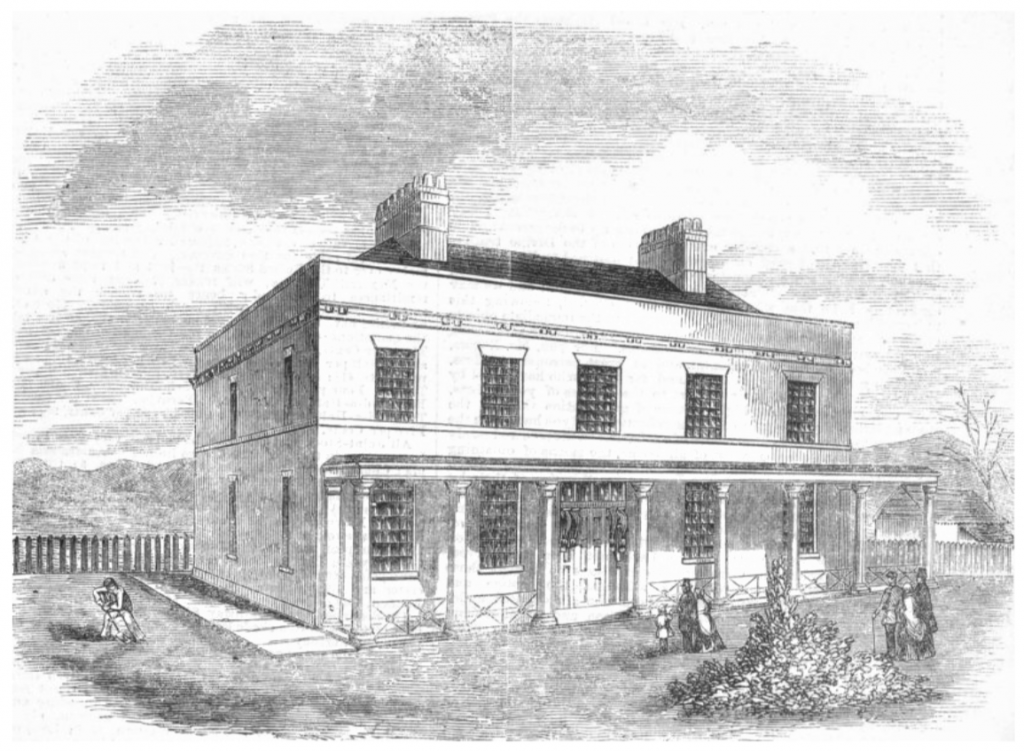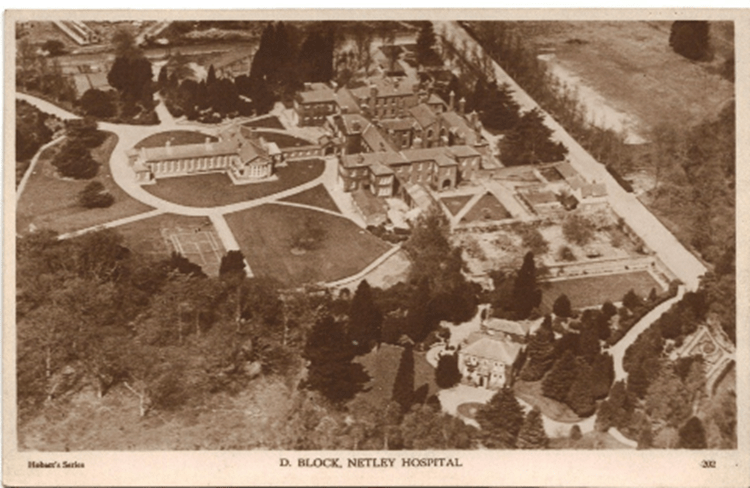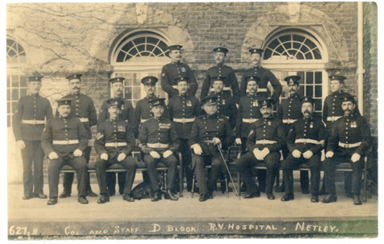Treatment
The British Army medical services set up a ‘Lunatic’ hospital at Fort Pitt in Chatham, Kent in 1847. Many of the servicemen who were admitted were arriving from postings in India and other tropical areas. Medical Officer Luke Barron proposed that their conditions were caused by too long spent in the heat.

The staff at Fort Pitt applied ‘moral’ treatment. They encouraged occupational therapy, walks in the garden, warm baths, and as little medicine as possible. Barron observed:
“The difference and change in habits can only arise from freedom from restraint, proper management and probably from the absence of all violence towards them by the attendants” (Anon 1859-1871)
Humane treatment was uncommon in most asylums. Darwin’s theory of the ‘survival of the fittest’ dominated cultural attitudes at the time. People who showed signs of mental illness were considered a threat to society and locked away. Soldiers and civilians struggling with their mental health were often neglected and misunderstood.

Credit: Netley Hospital Archive/Royal Victoria Country Park.

When the facilities at Chatham became overcrowded, the ‘Commissioners in Lunacy’ constructed a military asylum at the Royal Victoria Hospital in Netley. ‘D Block’ opened in 1870. Over 15000 psychiatric patients were treated at D Block during WW1 and it continued to operate up to the 1960s.
A patient scratched this cartoon onto a window in D Block. Credit: Netley Hospital Archive/Royal Victoria Country Park.

Credit: Netley Hospital Archive/Royal Victoria Country Park.
